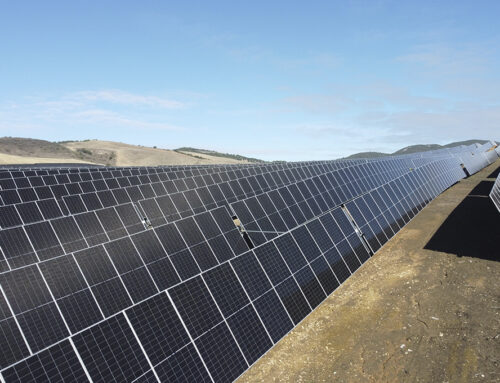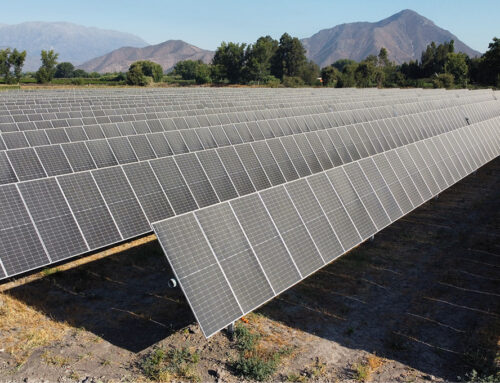How Australia’s New Renewable Laws affects solar industry and Tracker Manufacturers?
17/09/2024
Australia’s renewable energy sector is on the verge of a transformation, driven by new legislation and policies set to take effect in 2024 and 2025. These initiatives, along with the federal government’s robust financial backing, are paving the way for unprecedented growth opportunities in the solar industry, particularly for solar tracker manufacturers like us.
Federal Budget Boost for Renewable Energy
The 2024–25 Federal Budget earmarks over $22 billion to support Australia’s transition to renewable energy. This substantial investment is set to modernize the national grid, enhance energy storage, and significantly increase renewable capacity. Solar technologies, including solar trackers, are at the forefront of this transformation. Solar trackers play a critical role in maximizing the efficiency of solar installations, allowing panels to follow the sun’s path and generate more energy.
This budgetary focus is more than just a commitment to clean energy—it reflects the government’s recognition of the importance of renewable energy in securing Australia’s energy future. With this funding, the solar industry, including key players like PVH, is well-positioned to thrive as the country accelerates its transition to renewable energy sources.
The Challenges of Transitioning to Renewables
While the push towards renewable energy is promising, it also comes with its own set of challenges. Solar and wind power, being intermittent energy sources, require significant investments in supporting infrastructure, such as hydropower and battery storage, to maintain grid reliability. In the short term, the cost of setting up this infrastructure is likely to contribute to higher electricity prices. Additionally, during periods of insufficient renewable generation, Australia may have to rely on more expensive fossil fuels to meet demand.
Global factors, such as geopolitical tensions and trade disputes, further complicate the energy landscape by introducing market uncertainties. Environmental policies aimed at reducing carbon emissions, like carbon pricing, also play a role in shaping energy costs, making the transition both a financial and logistical challenge.
PVH’s Role in Supporting Australia’s Renewable Energy Goals
As Australia strives to meet its ambitious renewable energy targets, PVH is stepping up to play a vital role. The company is committed to increasing local content in its operations by sourcing materials domestically and partnering with Australian suppliers. This strategic move aligns with the broader national goal of supporting local industries while transitioning to a sustainable energy future.
By investing in local manufacturing facilities and tailoring its products to meet the unique challenges posed by Australia’s diverse landscapes and markets, PVH is not only meeting the demand for solar trackers but also contributing to the resilience of the supply chain. This focus on local content ensures that PVH can provide products optimized for Australian conditions, helping the country meet its renewable energy goals efficiently and sustainably.
A Bright Future for Solar and Local Innovation
Australia’s new renewable energy laws, bolstered by significant government investment, present a wealth of opportunities for the solar industry. For PVH, the emphasis on local content and support for Australia’s renewable energy goals positions the company as a key player in the sector’s future growth. By fostering local partnerships and increasing domestic production, PVH is set to play a critical role in Australia’s journey toward a sustainable energy future while contributing to the region’s economic growth.
This forward-looking approach, combined with PVH’s technical expertise, ensures that the company remains at the forefront of solar innovation, ready to meet the demands of Australia’s evolving energy landscape.












